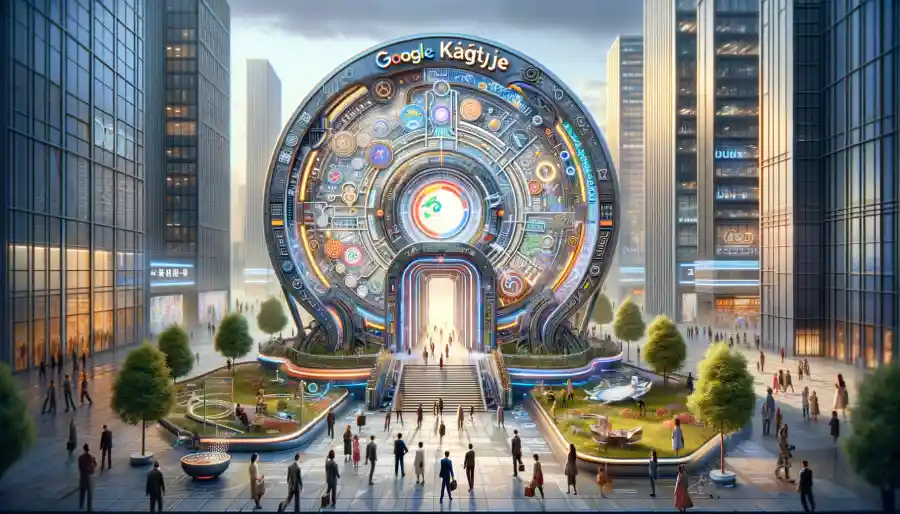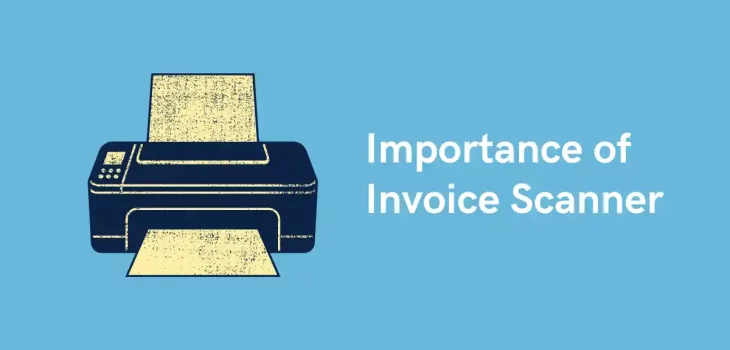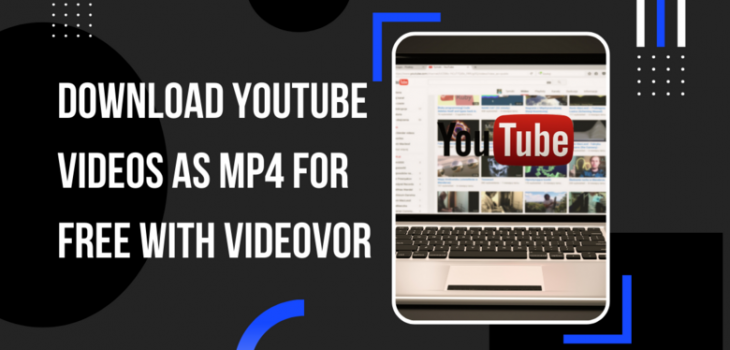Exploring Google käätjä: Your Gateway to Language Mastery
In today’s world, where we’re all connected, being able to understand different languages is really important. Käätjä, also known as Google Translate, is a tool that helps break down these language barriers. It’s not just a simple translator; it’s a smart tool that can understand the way people actually talk and use language in real life. This makes it super useful for anyone who needs to communicate in different languages, whether you’re traveling, learning a new language, or doing business with people from other countries.
Google Translate is a great example of how technology can help us talk to each other, even if we speak different languages. It uses some really clever technology to not only translate words but also get better at it over time. If you’re interested in how this technology has grown and changed, check out our article about the evolution of translation tools at Käntäj.
What’s also cool about Google Translate is that it works well with other Google tools. This means you can easily use it while you’re doing other things online, like writing a document or browsing the web. We talk more about how handy Google Translate is in our article, The Versatility of Google Käöntöjä, which you can read at Käöntöjä.
So, let’s dive in and learn more about Käätjä. It’s a tool that’s changing the way we communicate and understand each other, no matter what language we speak.
Understanding Käätjä
Google Käätjä, globally recognized as Google Translate, represents a significant milestone in the realm of digital translation. Launched in 2006, it began as a relatively basic tool but has since evolved into a sophisticated language translation powerhouse, thanks to advancements in machine learning and artificial intelligence. This evolution marks a significant leap in computational linguistics, enabling the tool to understand and translate not just words, but the nuances and contexts of different languages. Its journey from a simple word-for-word translator to an intelligent language processing system is a testament to the rapid technological advancements in the field of language translation.
The core functionalities of Google Translate are diverse and user-centric. It offers text translation across a vast array of languages, real-time voice translation, and the capability to translate text within images. Its intuitive design ensures that anyone, regardless of their technical expertise, can access and utilize its features with ease. This accessibility is crucial in a world where quick and accurate translations are often needed for both personal and professional interactions.
Advantages of Using Google Käätjä
One of the most significant advantages of Google Translate is its unparalleled accessibility and user-friendliness. The tool’s interface is designed for simplicity, ensuring that users from all walks of life can navigate it effortlessly. This ease of use is crucial in breaking down language barriers and fostering global communication.
In terms of language diversity, Google Translate is unmatched. It supports over 100 languages, catering to a vast majority of the global population. This extensive range makes it an invaluable tool for international communication, allowing users to bridge linguistic gaps with just a few clicks.
Another notable advantage is its seamless integration with other Google services. Whether you’re working in Google Docs, browsing the web in Chrome, or organizing emails in Gmail, Google Translate can be easily accessed, enhancing productivity and streamlining communication in various professional and personal contexts.
Real-World Applications
In everyday life, Google Translate serves as a vital tool for travelers, expatriates, and language enthusiasts. It aids in navigating foreign environments, understanding new cultures, and learning languages. This practical application in daily communication is a significant step towards a more connected and understanding global community.
In the business world, the tool is indispensable for professionals engaging in international trade, negotiations, and collaboration. It helps in overcoming language barriers, thus enabling businesses to expand their reach and operate in a truly global marketplace.
Educationally, Google Translate is a boon for students and academics. It assists in research, language learning, and accessing educational materials in various languages. This broadens the scope of learning and knowledge sharing, making education more inclusive and diverse.
Advanced Features and Tips
Google Translate’s camera translation feature is a game-changer, especially for travelers. It allows for instant translation of text in images, which is incredibly useful for reading signs, menus, and documents in foreign languages. This feature exemplifies the tool’s practical application in real-world scenarios.
For those in areas with limited internet access, the offline translation capability is a lifesaver. It ensures that the essential function of translation is available, even in the most remote or disconnected regions.
The tool also offers customization options and language learning aids. Users can save commonly used translations, access a personalized phrasebook, and utilize the platform as a supplementary resource in their language learning journey. These features add an educational dimension to the tool, making it more than just a translator.
Challenges and Limitations
Despite its advancements, Google Translate is not without its challenges. The tool sometimes struggles with translating idiomatic expressions and contextual nuances, which can lead to inaccuracies. This limitation is particularly evident in languages with complex grammar structures or those that rely heavily on context.
The accuracy of translations also varies across languages, especially for less commonly spoken dialects. This inconsistency highlights the ongoing challenge of developing a universally reliable translation tool.
Additionally, many of the advanced features of Google Translate depend on internet connectivity. This reliance can be a limitation in scenarios where internet access is unreliable or unavailable.
Future of Online Translation Tools
The future of online translation tools like Google Translate is promising, with continuous advancements in AI and machine learning poised to enhance accuracy and contextual understanding. These technological developments are expected to lead to more nuanced and precise translations, further bridging the gap between languages.
There is also a concerted effort to expand the range of languages and dialects available in translation tools. This expansion is crucial for fostering inclusivity and ensuring that even less commonly spoken languages are represented and accessible.
Conclusion
Käätjä has emerged as an essential tool in our interconnected world, playing a pivotal role in eliminating language barriers and enhancing global communication. Its evolution reflects the dynamic nature of language translation technology and the potential it holds for the future. Users are encouraged to explore and utilize Google Translate for a variety of needs, keeping in mind its current limitations and the exciting advancements on the horizon. As we continue to witness the growth of this technology, it stands as a symbol of our collective pursuit of a more connected and understanding global community.







